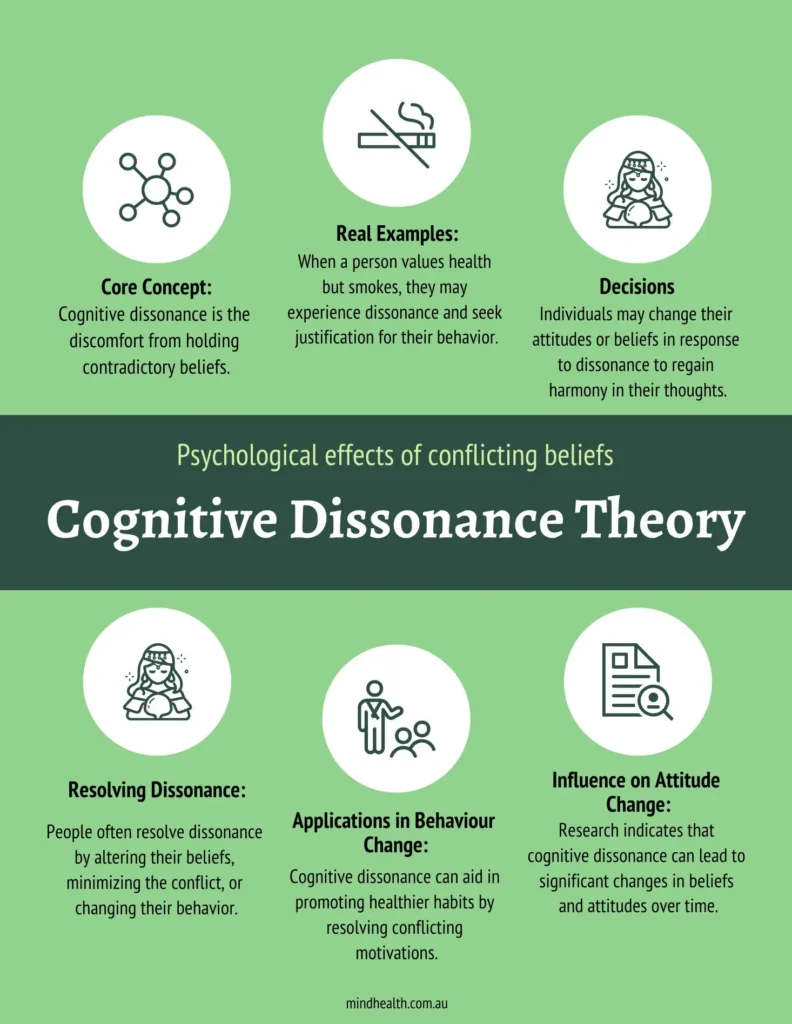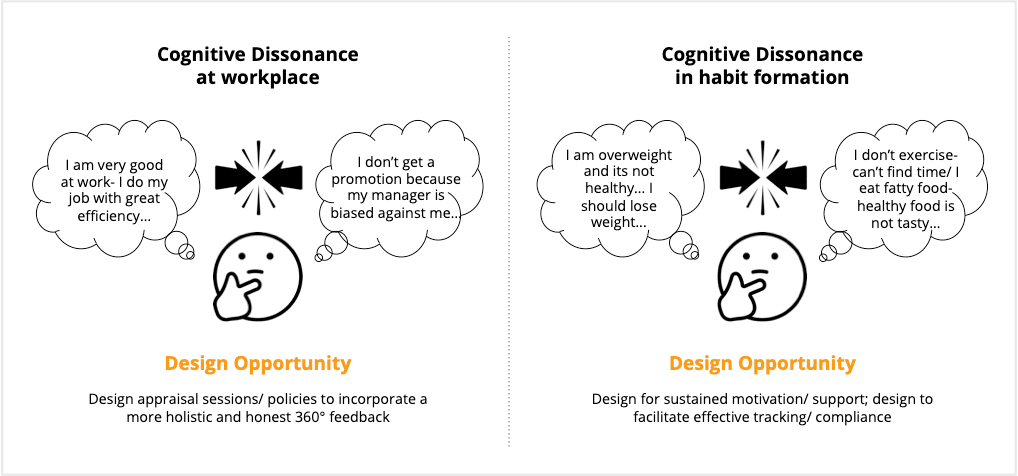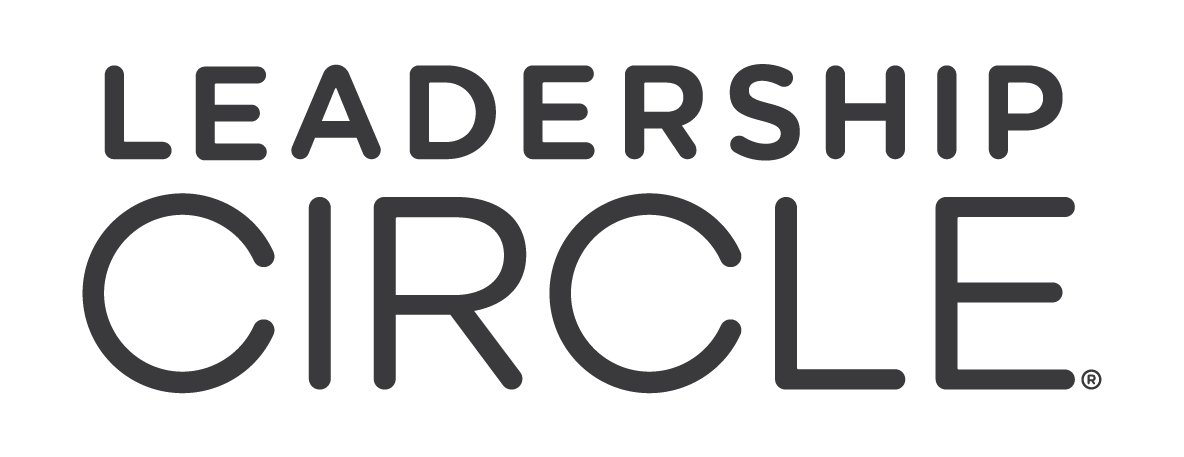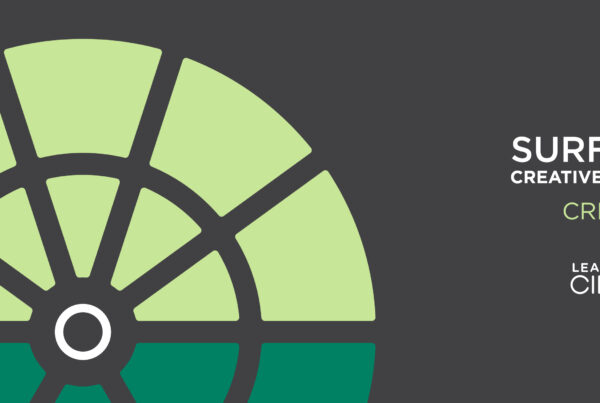Discomfort at Work Isn’t Always a Problem—Sometimes, It’s a Signal
Most leaders are trained to fix discomfort fast. But what if those moments of tension—when people seem off, disengaged, or confused—aren’t just issues to solve, but clues to something deeper?
That feeling of unease may be cognitive dissonance at work. It happens when employees experience a gap between what they believe and what they’re expected to do. Instead of ignoring or patching over it, smart leaders treat dissonance as valuable feedback—a sign that something in the system needs attention.
 Image Source: Mindhealth
Image Source: Mindhealth
What Is Cognitive Dissonance in the Workplace?
Cognitive dissonance is the mental discomfort we feel when our actions don’t align with our values or beliefs. It’s a natural human reaction, first studied by psychologist Leon Festinger, and it pushes us to resolve the tension—either by changing our actions or adjusting what we believe.
In a work context, this dissonance often shows up when a company’s values and behaviors don’t match. Here are some common examples:
- A company says it’s “people-first,” but praises employees who work around the clock.
- Leaders say they want innovation, but punish teams when a new idea fails.
- The organization champions DEI, but all the decision-makers look and think the same.
- Work-life balance is promoted in theory, but not respected in practice.
These contradictions create more than frustration—they create a culture where people start to doubt leadership, distrust messaging, and disengage.

What Happens When Dissonance Is Ignored
When cognitive dissonance builds up over time, the effects can be serious:
- Increased burnout and stress
- Lower job satisfaction
- Quiet quitting or full-on turnover
- Confusion about what the company really stands for
- Ethical lapses or reputational risk if values are not upheld
In other words, if employees constantly have to choose between their integrity and their job, they’ll eventually choose neither.
How to Address Organizational Dissonance
Here’s the good news: dissonance isn’t a sign your culture is broken—it’s a sign your team still cares. And you can use it to build something better.
Create space for honesty.
Encourage feedback, host listening sessions, and pay attention to subtle cues. If people aren’t speaking up, it doesn’t mean everything is fine.
Align actions with stated values.
Audit where your policies, rewards, or leadership behaviors might be sending mixed messages. Close the gap between what you say and what you do.
Lead by example.
The way leaders handle their own dissonance—owning mistakes, staying open to feedback, showing vulnerability—sets the tone for the entire organization.
Refresh your systems.
Regularly review your values, policies, and codes of conduct. Make sure they’re clear, relevant, and applied consistently across all levels.
Equip people to make good choices.
Invest in training that goes beyond compliance—focus on critical thinking, ethical decision-making, and creating a culture where integrity is the norm, not the exception.

Build a Culture Where Integrity and Accountability Thrive
When organizations take dissonance seriously, they don’t just reduce conflict—they increase trust. By setting clear expectations, listening deeply, and following through, you build a culture where people feel safe, valued, and aligned.
And that shows up in the work: better decisions, stronger teams, and lasting results.
How Leadership Circle Helps Leaders Navigate Dissonance
At Leadership Circle, we believe that the most effective leaders don’t avoid discomfort—they grow through it. Our tools are designed to help leaders recognize the signals of cognitive dissonance, reflect on the underlying dynamics, and respond with clarity and courage.
Through our Leadership Circle Profile™, we provide deep insights into how reactive tendencies and creative competencies show up in leadership behavior—often revealing the very tensions that drive dissonance. Combined with our Collective Leadership Assessment™ and customized development pathways, we help organizations align values with action, foster psychological safety, and build cultures where integrity and accountability thrive.
Remember: Discomfort Isn’t a Disruption—It’s a Direction
Ethical behavior, accountability, and alignment aren’t add-ons. They’re core to long-term success. So when your team hits a moment of dissonance, don’t rush to smooth it over. Pause. Listen. And lean in. There may be something important trying to surface. Because when leaders are equipped to face dissonance with awareness and intention, they don’t just resolve conflict—they unlock transformation.






I like how you frame cognitiveBlog comment creation guide dissonance not as something to eliminate, but as a signal leaders should pay attention to. Too often discomfort gets smoothed over quickly, when in reality it may point to a misalignment between values and expectations that needs to be addressed. It makes me think that organizations could benefit from creating more space to surface and explore these tensions rather than rushing past them.
Please, continue to provide these insightful posts! Your content is consistently of the absolute highest quality, always offering fresh perspectives and truly valuable information. It’s a genuine pleasure to read everything you publish.
Your blog is a constant source of inspiration for me. Your passion for your subject matter shines through in every post, and it’s clear that you genuinely care about making a positive impact on your readers.
Your blog is a constant source of inspiration for me. Your passion for your subject matter is palpable, and it’s clear that you pour your heart and soul into every post. Keep up the incredible work!
Your blog is a beacon of light in the often murky waters of online content. Your thoughtful analysis and insightful commentary never fail to leave a lasting impression. Keep up the amazing work!
Your blog is a breath of fresh air in the crowded online space. I appreciate the unique perspective you bring to every topic you cover. Keep up the fantastic work!
This cognitive dissonance breakdown is brilliantly practical! Your example of leaders clinging to outdated strategies despite clear failure resonates deeply. The 3-step framework for recognizing and addressing dissonance provides actionable clarity. That case study on integrating employee feedback instead of suppressing it shows growth in action. Your emphasis on curiosity over defensiveness is leadership gold!
This article deeply resonated with me. The concept of cognitive dissonance in the workplace is so relatable, and the solutions offered feel genuine and actionable. It really drives home how crucial alignment is for a healthy culture.
Your blog is a true hidden gem on the internet. Your thoughtful analysis and engaging writing style set you apart from the crowd. Keep up the excellent work!
Your blog has quickly become my go-to source for reliable information and thought-provoking commentary. I’m constantly recommending it to friends and colleagues. Keep up the excellent work!
Your writing has a way of resonating with me on a deep level. It’s clear that you put a lot of thought and effort into each piece, and it certainly doesn’t go unnoticed.
Your blog is a constant source of inspiration for me. Your passion for your subject matter shines through in every post, and it’s clear that you genuinely care about making a positive impact on your readers.
This article deeply resonated with me. It perfectly captures the frustration caused by workplace hypocrisy and offers practical solutions. The emphasis on honesty and alignment is crucial for building truly trustworthy organizations.
This article brilliantly captures the importance of acknowledging cognitive dissonance. The practical strategies offered are incredibly valuable for fostering a healthier, more aligned workplace culture. Highly insightful and actionable!
This article brilliantly captures how dissonance isn’t just a problem but a vital signpost for growth. The actionable strategies for addressing it feel genuinely helpful, emphasizing that alignment and honesty are key to building a thriving culture.